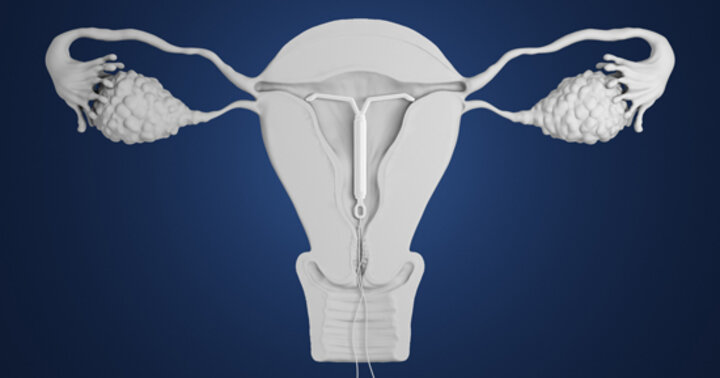
Following the U.S. Supreme Court’s ruling to overturn Roe v. Wade, many people with a uterus are considering getting an IUD. IUDs may be a good choice for those seeking a reliable, low-maintenance form of birth control.
There are two types of IUDs: copper and levonorgestrel (progesterone).
- Copper IUDs work by triggering a low level of inflammation in the uterus. The inflammation impairs sperm motility and egg implantation
- Levonorgestrel (progesterone) IUDs work by thickening the cervical mucous, which prevents sperm from entering the uterine cavity
There are three brands of levnorgestrel IUDs:
- Mirena or Liletta (the generic brand) – Lasts seven years, has the largest dose of progesterone
- Kyleena – Lasts five years, has less progesterone than Mirena or Liletta
- Skyla – Lasts three years, has the lowest dose of progesterone
The University Health Center has doctors that can insert IUDs on site by appointment.
Are IUDs painful to insert?
Yes, IUD insertion can be uncomfortable. Most doctors recommend patients take ibuprofen or acetaminophen before their appointment.
If pain control is a big concern of yours, or if you have experienced related trauma in the past, there are a couple options:
- An injection of numbing medication into the vagina or cervix
- Oral anti-anxiety and/or pain medication can be given after informed consent
If you are worried about pain, please have an open conversation with your health care provider so they can understand how best to help you.
IUD side effects
All IUDs can cause cramping and spotting during and after insertion, along with the following rare risks:
- Infection after insertion
- Uterine perforation
- IUD could come out or shift into the wrong place
Copper IUDs may cause heavier and more painful periods.
Levonorgestrel IUDs can cause unpredictable bleeding patterns, but the bleeding is typically much lighter. It is rare, but some people also report acne, hair changes, mood changes, bloating and nausea with this IUD.
All IUDs have less than a 1% risk of failure and are rapidly reversible.
Removal can be more challenging if the IUD’s strings are lost, but most doctors will still be able to remove these without issue.
Do IUDs cause weight gain, infertility or urinary tract infections?
IUDs have not been shown in large population studies to cause weight gain, but everyone reacts differently to hormones. If you think you might be gaining weight from an IUD, you should have a conversation with your doctor.
IUDs do not cause infertility, and people immediately return to their baseline fertility once an IUD is removed.
IUDs are not associated with UTIs.
Which IUD is best?
Copper IUDs are good for someone who still wants to have a period every month. People who have heavier, more painful periods before getting an IUD may want to avoid this type of IUD, because it may make their symptoms worse.
Levonorgestrel IUDs are good for people with heavier, more painful periods. They can decrease bleeding and pain, including pain due to endometriosis.
Some people don’t have a period with this type of IUD. Rates of amenorrhea (not having a period) are higher with Mirena and Liletta.
Levonorgestrel IUDs can decrease your risk of endometrial and possibly ovarian cancer.
If you have been sensitive to hormones in the past, you may want to consider Skyla, the IUD with the lowest dose of progesterone.
If you’re feeling confused, don’t worry. All the pros and cons of each type can be discussed with your doctor.
If you’d like to do some research before making an appointment, consider browsing on bedsider.org. The website lists all the available types of birth control, allows you to compare them side by side, and answers frequently asked questions about each.
Ready to talk to a doctor about an IUD?
Call 402.472.5000 to schedule an appointment with a University Health Center provider.